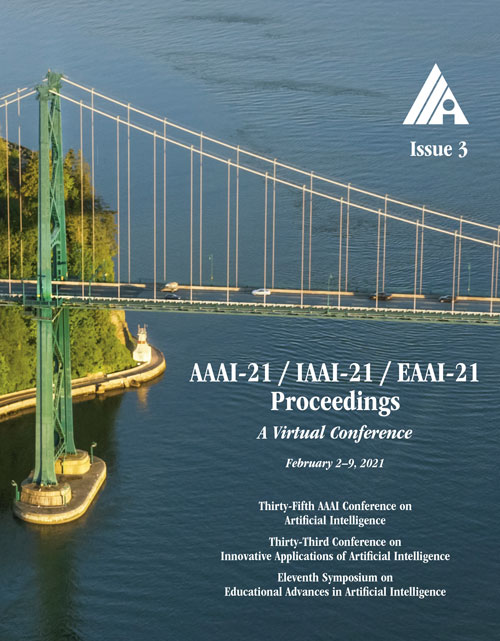Adversarial Turing Patterns from Cellular Automata
DOI:
https://doi.org/10.1609/aaai.v35i3.16372Keywords:
Adversarial Attacks & RobustnessAbstract
State-of-the-art deep classifiers are intriguingly vulnerable to universal adversarial perturbations: single disturbances of small magnitude that lead to misclassification of most inputs. This phenomena may potentially result in a serious security problem. Despite the extensive research in this area, there is a lack of theoretical understanding of the structure of these perturbations. In image domain, there is a certain visual similarity between patterns, that represent these perturbations, and classical Turing patterns, which appear as a solution of non-linear partial differential equations and are underlying concept of many processes in nature. In this paper, we provide a theoretical bridge between these two different theories, by mapping a simplified algorithm for crafting universal perturbations to (inhomogeneous) cellular automata, the latter is known to generate Turing patterns. Furthermore, we propose to use Turing patterns, generated by cellular automata, as universal perturbations, and experimentally show that they significantly degrade the performance of deep learning models. We found this method to be a fast and efficient way to create a data-agnostic quasi-imperceptible perturbation in the black-box scenario. The source code is available at https://github.com/NurislamT/advTuring.Downloads
Published
2021-05-18
How to Cite
Tursynbek, N., Vilkoviskiy, I., Sindeeva, M., & Oseledets, I. (2021). Adversarial Turing Patterns from Cellular Automata. Proceedings of the AAAI Conference on Artificial Intelligence, 35(3), 2683-2691. https://doi.org/10.1609/aaai.v35i3.16372
Issue
Section
AAAI Technical Track on Computer Vision II

